By 2050, there are many animals that may go into extinction if nothing is done very soon. The most popular of these include Rhinos, Polar bears, Gorillas, Cheetahs, and Chimpanzees among many other animals. While that is happening on one side of the world, on the other, scientists are making an attempt to bring back from extinction others that have already crossed the line.
Interestingly enough, science is attempting to do everything from colonizing other planets to cloning humans. It is in the same line that it is also making a crazy attempt at reversing time by bringing back animals from extinction.
Although this may seem like something not possible, in 2009, scientists were able to bring back from extinction the bucardo, or Pyrenean ibex through cloning. It was able to do this through the use of its frozen skin. The newly cloned animal didn’t survive for long but it opened a major door to the world of impossibilities.
Animals to Bring Back From Extinction by Science
1. Woolly Mammoth
When it went into extinction: 4000 years ago
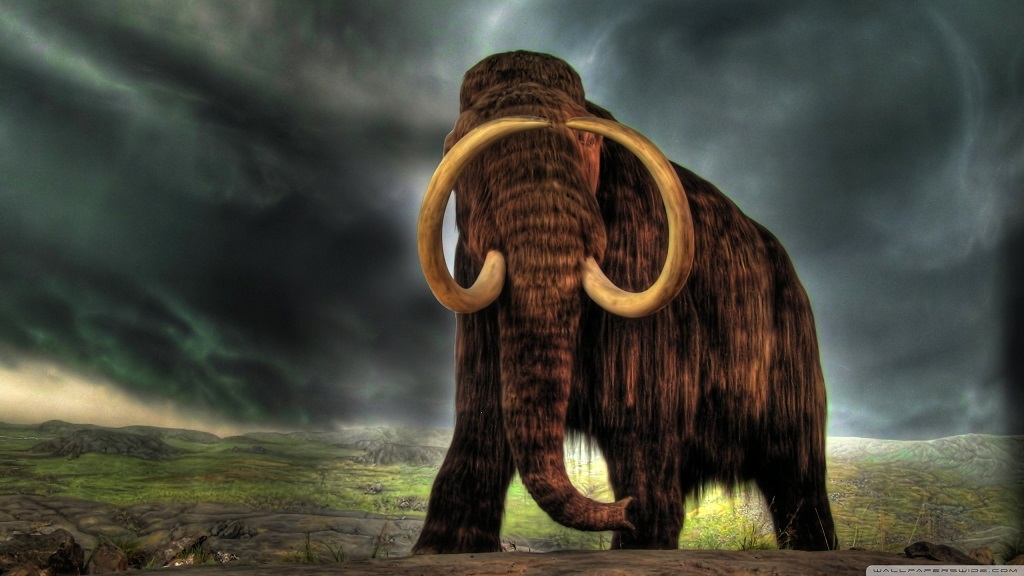
This is a cousin to the elephants that we have today. It looks almost the same as them. The only thing is that it is much woolly and the tusk is different. Some specimen of this animal was frozen and it is from there that its DNA has been retrieved to de-extinct.
It was since 2015 that attempts have started at rebirthing the giant animal. Already, 44 genes from the woolly mammoth have been resurrected already and the interesting part is that the DNA is used by scientists as they attempt to prevent the present day elephants from joining the others in extinction.
2. Aurochs
When it went into extinction: 1627
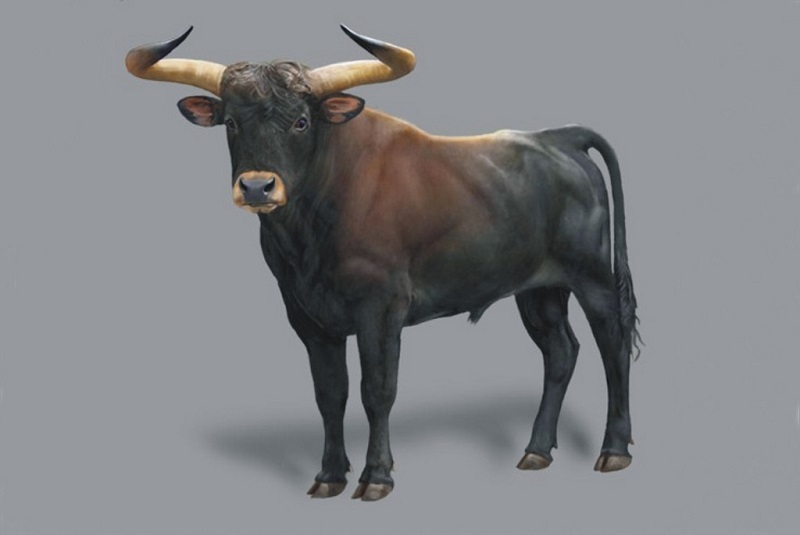
These cattle are some more giant animals that science wants to bring back from extinction. Standing at 1.8 meters (6 feet) high was found in Europe, Asia, and North Africa before it finally went missing from the face of the earth.
In their effort to change back the hand of time, scientists are trying to back-breed the animal by mating selected breeds of older cattle that they are sure to have much of the DNA of the aurochs.
Already, there is said to be a massive success that is being recorded in the attempt to bring back this ancestor of the modern cattle.
3. Caspian tigers
When it went into extinction: 1960s
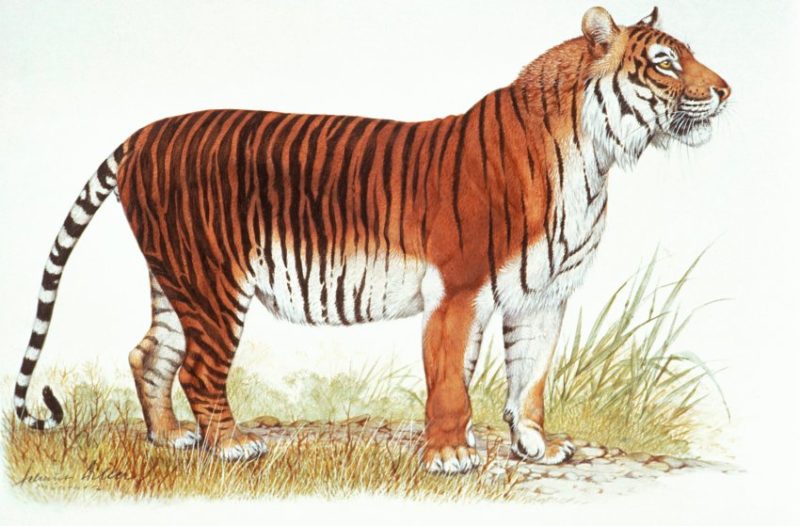
It was in the 1960s that this cat went into extinction. Before its final demise, it was found in places such as Central Asia. Among the biggest cats to ever live, the Caspian Tiger Half a century after it has gone off the earth, scientists have been working on bringing it back and taking it back to its original habitat which they hope it will be able to survive.
The giant cats couldn’t survive following a massive hunting activity that wiped them out, coupled with other human activities like irrigation. There are those that believe that the only way to bring these species back is by genetic engineering as against the use of their closest relatives, the Siberian tiger that scientists are trying to use.
4. Thylacine
When it went into extinction: 1930s
Also known as the Tasmanian Tiger, this wolf-size carnivorous animal is yet another to be brought back from extinction by scientists who have been working on its gene editing for more than 10 years now.
What has been aiding in the work at bringing this back is a baby animal that was preserved over a hundred years ago. Thanks to this, a high-quality genetic material may be gotten to aid in this.
The last Thylacine that was known died at the Hobart Zoo in 1936. Nevertheless, there are indications that it may have probably survived to the 1960s at best in the wild.
5. Baiji
When it went into extinction: 2000s
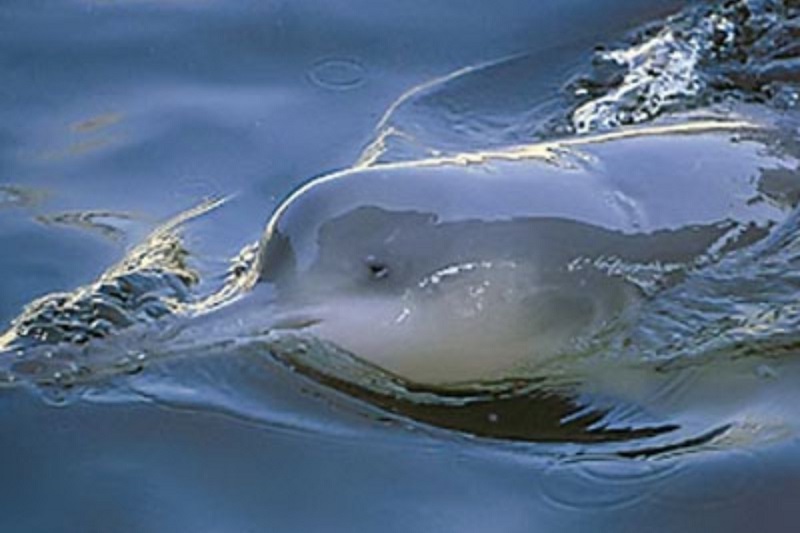
This dolphin was last found in Yangtze River in China rather recently before it went extinct as a result of human activities. The freshwater dolphins which were also known as the “Goddess of the Yangtze” have been announced to be extinct in December 2006.
While it has been said that it has been sighted, scientists are making attempt at ensuring that the next generations get to see it and make sure they remain for always.
6. Pyrenean Ibex
When it went into extinction: 2000
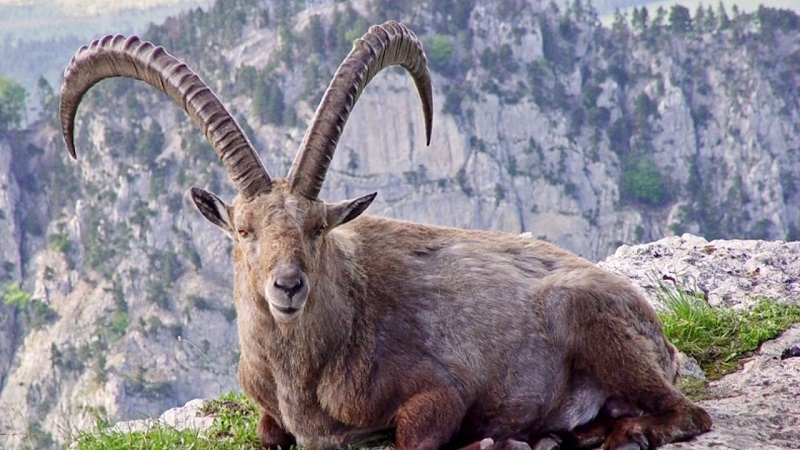
The attempt to bring back this animal from extinction seems to be the most yielding thus far, even though many others have been recording great success. This is most especially as scientists have been able to clone it back to life many years after its extinction.
There are other subspecies of the bucardo as it is also known as bucardo that still survive till date. It was tissues from the last known of this animal, Celia that scientists are trying to use in recreating it.
Although the first one that was created didn’t survive for a long time, the fact that it was able to be recreated means that more of it can be made in the future with some more work.
7. Passenger pigeon
When it went into extinction: 1914
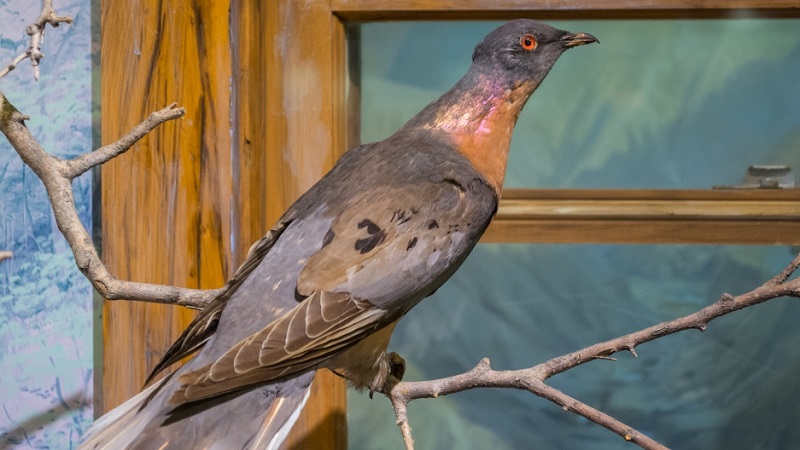
It was since 1914 that this bird went into extinction after it was hunted by Native Americans. What is quite surprising about this is that before they went into extinction, these birds were in more than millions. In fact, it was placed in the billions.
Scientists have been working on recreating the bird. Nevertheless, the specimens preserved for it degraded and there was no way that it could be used to clone it back to life. As a result of this, it will be more difficult to get this brought back, but that doesn’t mean that attempts are not made.
The first pigeon is expected to be produced and released in 2032.
Methods to Be Used in Bringing Back Extinct Animals
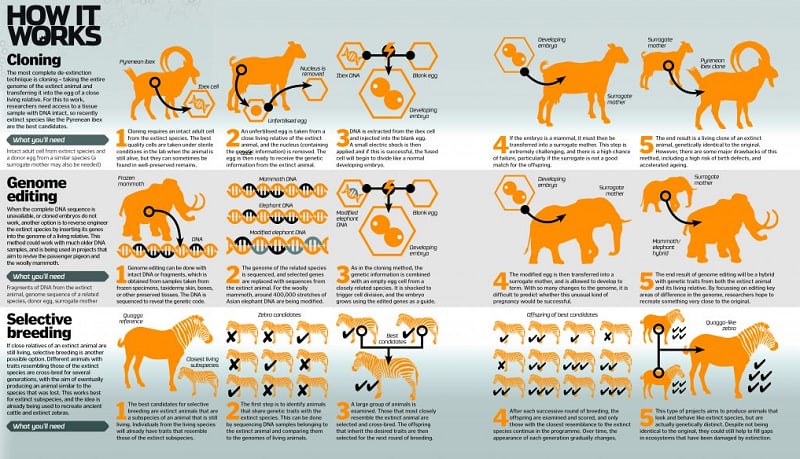
In bringing back various animals from extinction, scientists are using various methods as pointed below:
- Cloning
- Genetic engineering
- Selective breeding
Arguments against bringing back extinct animals
There are many people that still see this as a very unwise move. The basic arguments include:
- Attempting to bring back many of these dead animals may not succeed, and it would just be a waste of resources.
- For those that may succeed, there is still question about their true nature and biological makeup.
- It is not something ethical
- The efforts would have been better in trying to preserve those that are going into extinction.
- There are no much resources to save those that are being lost continuously.
Arguments for bringing back extinct animals
Just as there are arguments against it, here are some arguments to resurrect the dead animals:
- It will help improve the knowledge of man on evolution.
- They may be beneficial to the ecosystem.
- Every animal that exists including those lost, have their function, as such bringing them back will only help with that.














